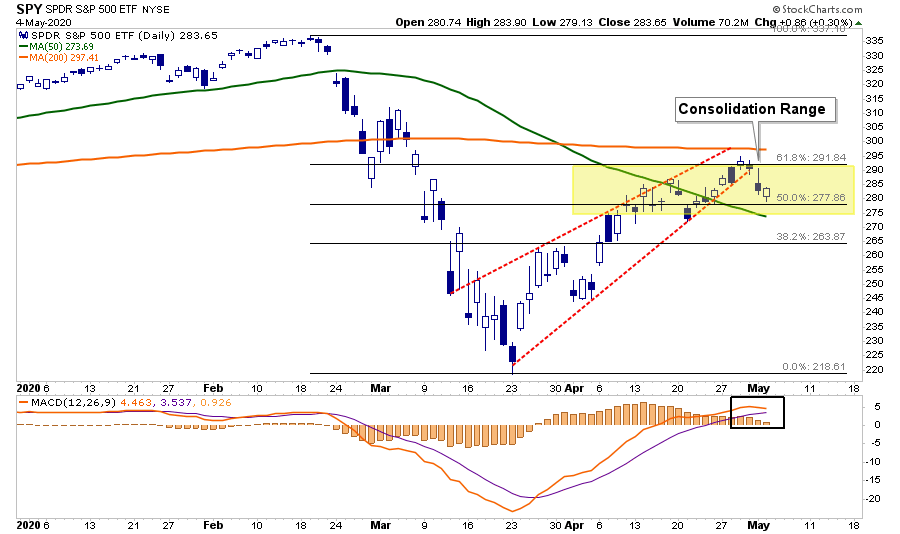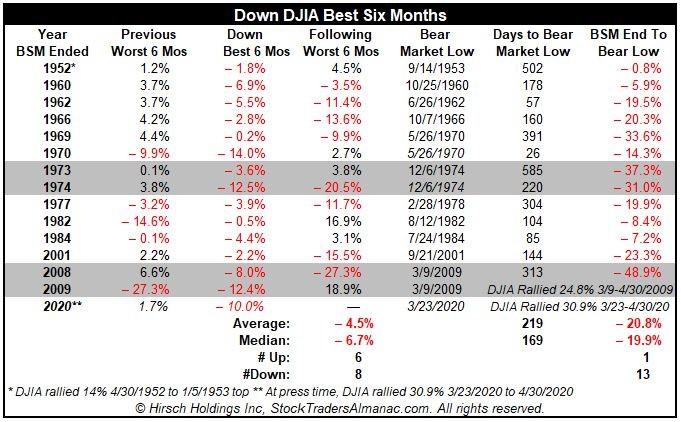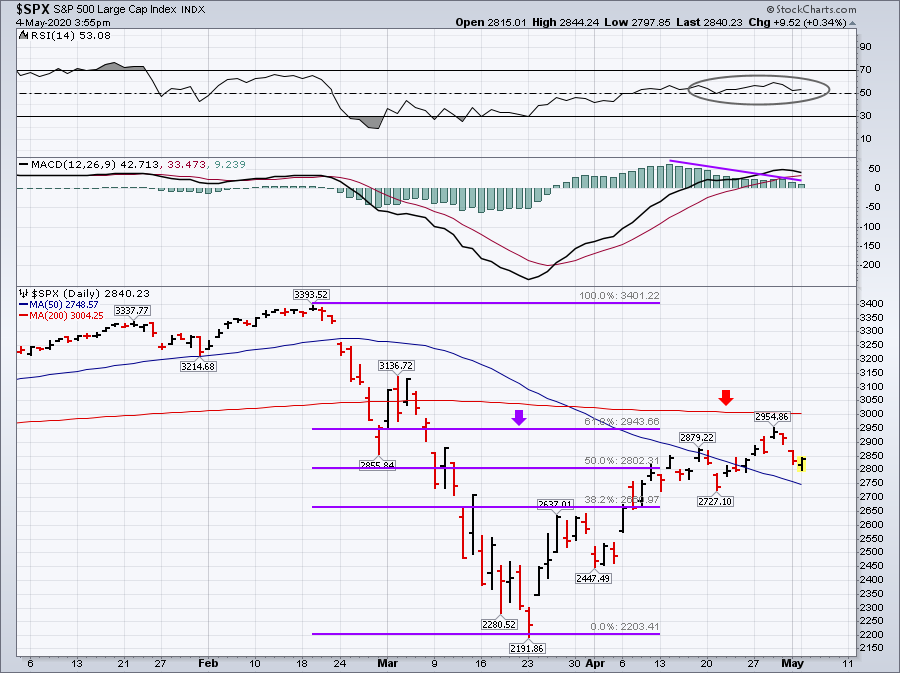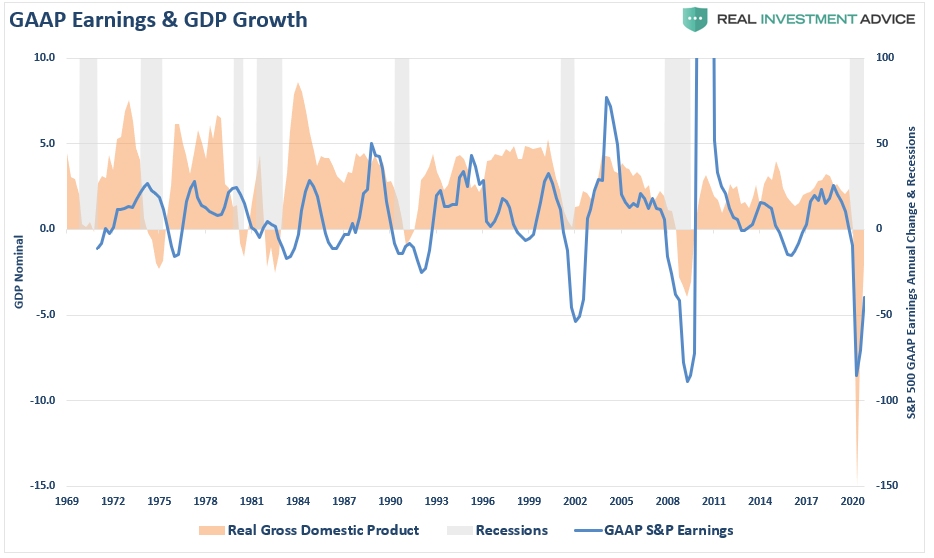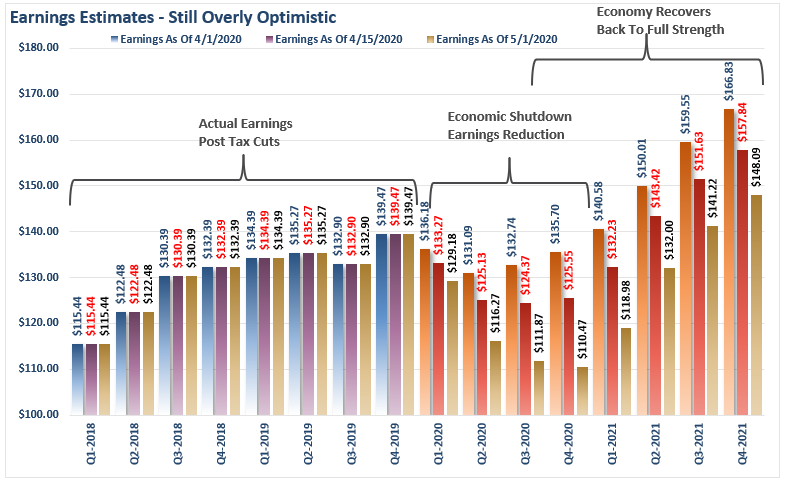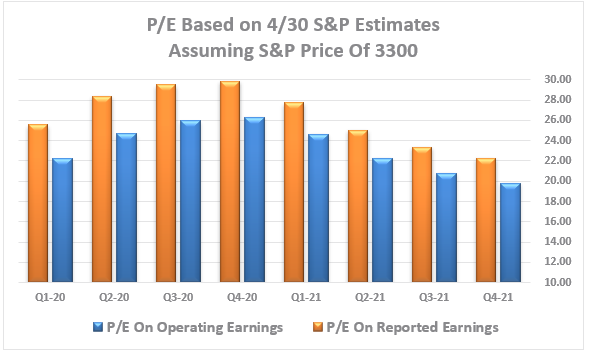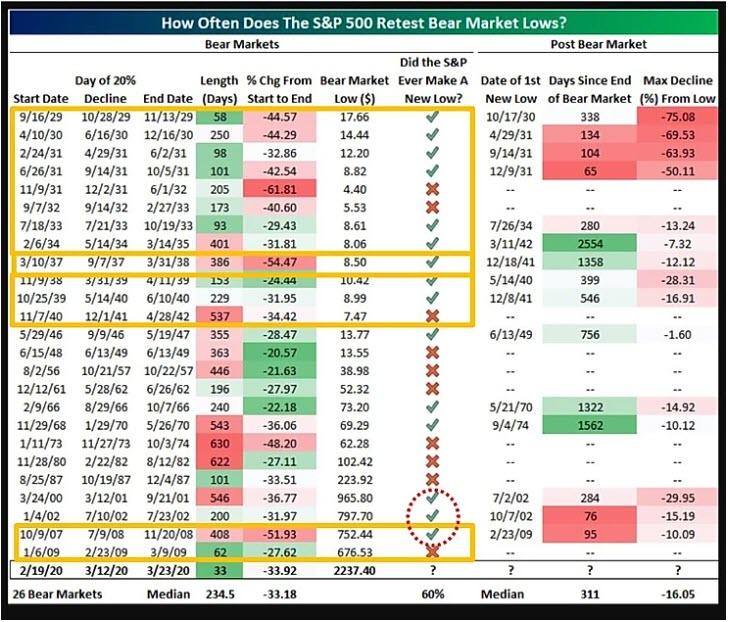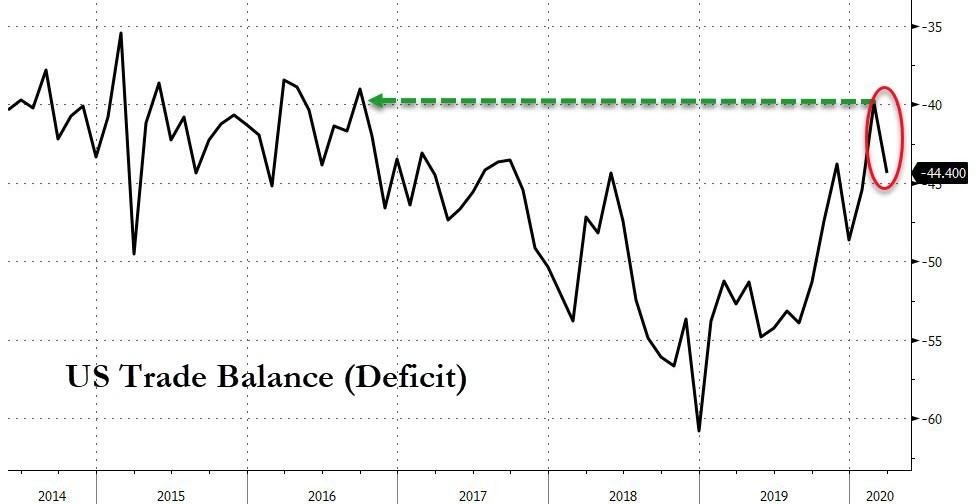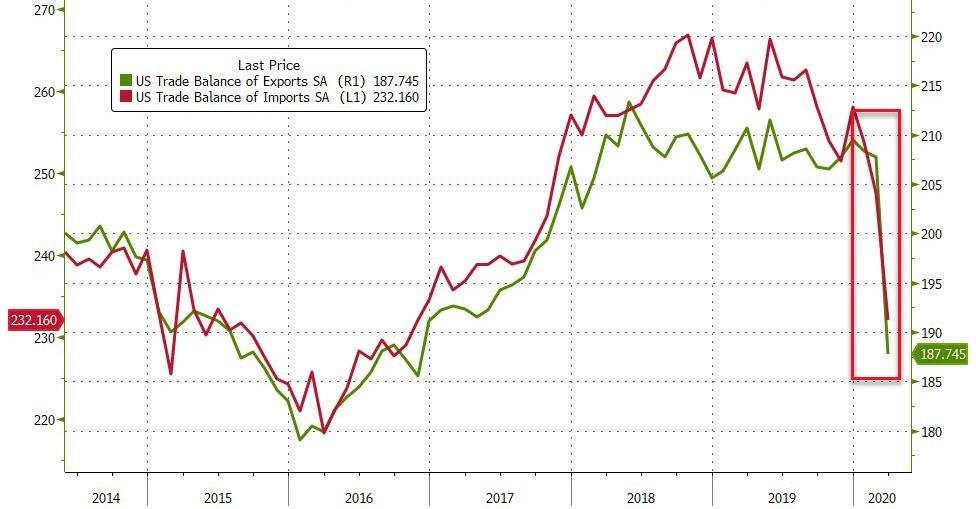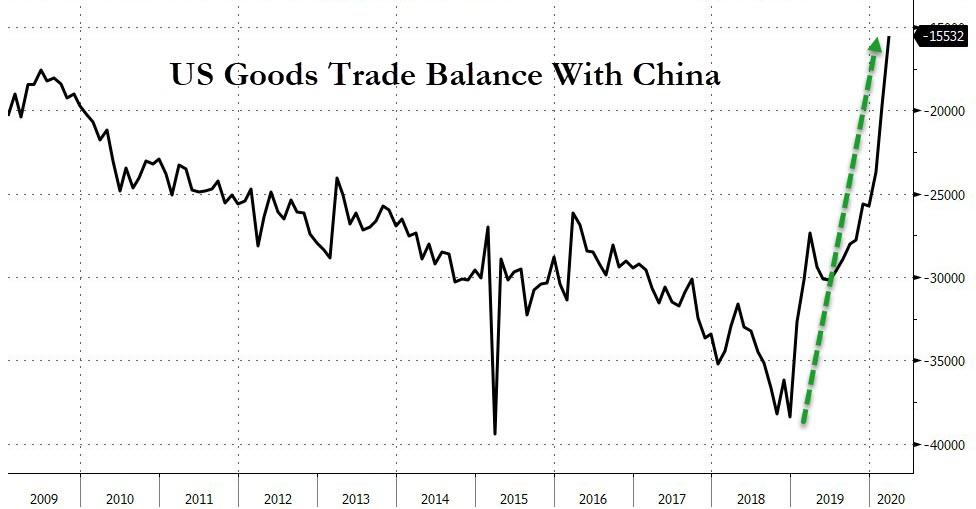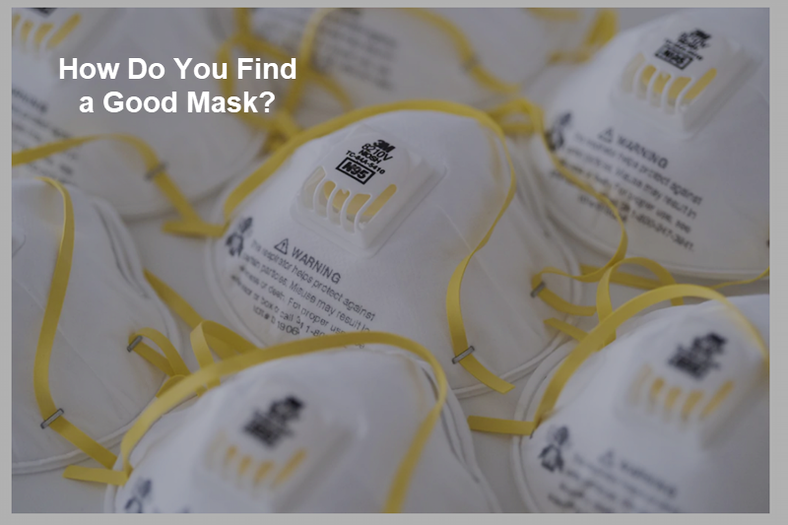From Judge Thomas E. Johnston’s opinion yesterday in Williams v. Rigg (S.D. W. Va.); see this post from when the case was first filed for more. (Note that I had submitted an amicus brief on my own behalf arguing that preliminary injunctions against allegedly defamatory statements are unconstitutional, and that West Virginia even more categorically bans anti-libel injunctions.)
This case arises out of an alleged oral contract dispute between Plaintiff [Hershel Woodrow “Woody” Williams] and Defendant Bryan Mark Rigg … over the publication of a book. On March 20, 2020, during the pendency of this lawsuit, Rigg self-published the book in controversy entitled Flamethrower: Iwo Jima Medal of Honor Recipient and U.S. Marine Woody Williams and His Controversial Award, Japan’s Holocaust and the Pacific War. This book is currently being offered for sale on Amazon.com.
Williams is a Congressional Medal of Honor recipient, so earned for his heroism during the Battle of Iwo Jima in World War II, and a well-known public figure who makes frequent public appearances and has been interviewed for numerous articles. The parties first met in 2015, while accompanying other veterans on a tour of Guam and Iwo Jima. After this initial introduction, Plaintiff states the parties had several discussions concerning the possibility of collaborating to write Williams’ biography. However, Rigg, a historian and author, states he had already decided to write a book about the Pacific campaign of World War II prior to the parties’ initial introduction. He states he had traveled to Guam and Iwo Jima as part of this research, and then, after meeting Williams, decided to incorporate Williams in the book as a vehicle to tell the stories of all servicemen who fought in the Pacific campaign.
In July of 2016, Rigg visited West Virginia, where Williams was born and still resides, and met with Williams and his family to gather personal details about Williams’ life. On February 12, 2017, Rigg returned to West Virginia to again meet with Williams and his representatives at the Holiday Inn hotel in Barboursville, West Virginia, where Plaintiff alleges the parties discussed the terms of their collaboration. Plaintiff contends the parties both agreed to the following:
- Williams would provide Defendant Rigg with personal information about his life and his military service;
- Defendant Rigg would conduct research as necessary for the book and prepare a draft manuscript of the book;
- The information contained in the book would be factual as it related to Mr. Williams;
- Williams, along with Defendant Rigg, would have input into, and authority over, the text and content of the book; and
- Williams and Defendant Rigg would share equally in any proceeds from the book.
Based on this alleged agreement, Williams provided Rigg with information, including untold stories and sentimental items, which Rigg used to prepare drafts of the book.
During the writing process, Rigg shared drafts of the book with Williams and Williams in turn would provide suggested edits and revisions. Towards the end of 2017, the parties attempted to draft a written contract to memorialize the alleged oral agreement. Over the course of a year, the parties, through Williams’ representatives, exchanged numerous drafts of this proposed written contract, but were ultimately unable to reach an agreement. Thereafter, the relationship between the parties began to deteriorate due to both parties’ dissatisfaction with the failed written contract.
After this breakdown in communication, Williams became aware of additions to the manuscript which called into question his military actions during the Battle of Iwo Jima and the legitimacy of his Medal of Honor. Plaintiff alleges these statements are “defamatory and misleading.” As a result of this, Plaintiff filed this suit alleging the following six causes of action: (1) preliminary and permanent injunction to enforce oral agreement; (2) breach of oral contract: (3) promissory estoppel/detrimental reliance; (4) conversion of an idea; (5) joint venture; and (6) interference with the right of publicity.
On March 21, 2020, in response to Defendant’s self-publication of the book, Plaintiff [moved for a temporary restraining order and a preliminary injunction].
The court refused to enter the TRO and the preliminary injunction, reasoning:
[1.] Permanent injunctions against libels may well be constitutional, but preliminary injunctions are not. “Traditionally, injunctions to enjoin libel were disfavored under both common law and First Amendment prior restraint doctrine,” but “this traditional rule appears to be changing.” (The research in my Anti-Libel Injunctions article suggests the court is right on that point, with over 2/3 of the states allowing some such injunctions, and with holdings or practice in most federal circuits doing the same.) Still, the injunctions would be permissible “only after a finding on the merits that the speech is unprotected.”
“[M]any of these federal and state courts rely on prior Supreme Court opinions that suggest an adjudication on the merits is required to enjoin alleged defamatory speech.” “Thus, the majority rule first requires a finding on the merits that such speech is unprotected before an injunction can be issued enjoining further speech. Otherwise, the injunction runs afoul of the First Amendment and constitutes a prior restraint on what might otherwise be lawful speech.”
[2.] Under the Erie doctrine, a federal court resolving a state law case brought to it because of the parties’ diversity of citizenship must apply the substantive law of the state (though of course it’s also bound by any federal constitutional constraint). But though the Fourth Circuit has held that “federal courts sitting in diversity to apply state substantive law to a request for permanent injunctive relief,” “the Fourth Circuit has explicitly stated that ‘[t]he grant of preliminary injunctions in diversity cases, as well as those of original jurisdiction, is subject to federal standards.’ Direx Israel, Ltd. v. Breakthrough Med. Corp., 952 F.2d 802, 811 (4th Cir. 1991) (citing Instant Air Freight Co. v. C.F. Air Freight, Inc., 882 F.2d 797, 799 (3d Cir.1989)). Thus, because Plaintiff seeks a preliminary not a permanent injunction, this Court will apply federal law.”
I think that’s not right: It seems to me Direx was speaking about federal courts applying the basic federal preliminary injunction test (likelihood of success, irreparable harm, etc.), but wasn’t authorizing federal courts to issue injunctions that state law precludes for state policy reasons. West Virginia courts categorically forbid injunctions in libel cases (West Virginia is one of a small but significant minority of states that still take this view); given that federal courts follow that principle in permanent injunction cases arising under West Virginia law, the same principle should apply to preliminary injunctions as well. But in any event, given that preliminary injunctions against libel are generally forbidden by the First Amendment (as the court recognized, see item 1 above), this Erie issue isn’t that significant (as the court also acknowledged).
[3.] The plaintiff had argued that his case is based on the defendant’s contractual obligations, and the libel law cases thus don’t apply:
Plaintiff argues this case is controlled by the United States Supreme Court’s holding in Cohen v. Cowles Media Co. (1991), that a promissory estoppel action brought by a confidential source against a newspaper did not implicate the First Amendment. In Cowles Media, a newspaper promised to keep a source’s identity confidential in exchange for information. Despite this agreement, the reporters decided to publish the source’s name as a part of their story, and the source was fired by his employer…. The Supreme Court held that the First Amendment did not prohibit the recovery of damages under state promissory estoppel law for the newspaper’s breach of a promise of confidentiality because it was a law of general applicability that did not offend the First Amendment simply because it had incidental effects on the newspaper’s ability to gather and report the news.
Most importantly, the Supreme Court emphasized that the source, Cohen, was not attempting to use a promissory estoppel cause of action to avoid the strict requirements for establishing a libel or defamation claim. “As the Minnesota Supreme Court observed here, ‘Cohen could not sue for defamation because the information disclosed [his name] was true.’ Cohen is not seeking damages for injury to his reputation or his state of mind. He sought damages in excess of $50,000 for breach of a promise that caused him to lose his job and lowered his earning capacity. Thus, this is not a case like Hustler Magazine, Inc. v. Falwell (1988), where we held that the constitutional libel standards apply to a claim alleging that the publication of a parody was a state-law tort of intentional infliction of emotional distress.”
This is what separates the case at hand from Cowles Media. Plaintiff has repeatedly claimed that Rigg’s speech is false, defamatory, and presents a risk of harm to Williams’ reputation, goodwill, and his public image. In fact, these allegations serve as the basis for Plaintiff’s argument that the second and third Winter factors weigh in favor of granting this injunction. [Details omitted. -EV] …
By basing his claims for irreparable harm on allegations of falsity and defamation, Williams seeks a preliminary injunction that will, in essence, punish Rigg for the content of his speech…. Plaintiff has repeatedly challenged the truth of Rigg’s statements concerning his Medal of Honor. Further, the harm Plaintiff seeks to prevent with this injunction is based entirely on defamation, libel, and reputation-based damages. Thus, granting a preliminary injunction on this basis would require this Court to evaluate Rigg’s speech and, at a minimum, pass judgment on the truth or falsity of that speech and its potential for harm.
Further, even if the Court were to just consider the first Winter factor, concerning the likelihood of success of the merits, it would still be required to evaluate the truth of Rigg’s speech. Plaintiff alleges an oral contract was formed between the parties where they both agreed “[t]he information contained in the book would be factual as it related to Mr. Williams,” and Plaintiff claims Rigg violated their oral agreement by publishing a book that contains false statements, in violation of their alleged oral contract….
In essence, Plaintiff seeks to bar further speech before a final adjudication on the merits concludes that the speech is unprotected….
[4.] More broadly, injunctions against speech that allegedly breaches a contract should generally be based only on express, written contracts:
[T]he Supreme Court has not articulated a standard for determining whether a party has waived his free speech rights. Though in Curtis Pub. Co. v. Butts (1967), the Supreme Court did refuse to find that a party waived his right to bring a First Amendment defense to a libel claim, and held that, “[w]here the ultimate effect of sustaining a claim of waiver might be an imposition on that valued freedom, we are unwilling to find waiver in circumstances which fall short of being clear and compelling.” Additionally, in Fuentes v. Shevin (1972), the Court stated, “a waiver of constitutional rights in any context must, at the very least, be clear.” Plaintiff’s arguments here are at odds with these statements because it is undisputed that no written contract existed between the parties.
Further, when reviewing the few cases analyzing the enforcement of non-disparagement clauses under preliminary injunction standards, Defendant is correct that all involve a specific, written contract that contains some type of language limiting the parties’ future statements. See, e.g., Taylor v. DeRosa, No. 03-08-00199-CV, 2010 WL 1170228 (Tex. Ct. App. Mar. 24, 2010)
(affirming a preliminary injunction to enforce a non-disparagement clause in a written settlement agreement); Perricone v. Perricone, 972 A.2d 666 (Conn. 2009) (affirming a preliminary injunction to enforce a non-disparagement clause contained within a confidentiality agreement which forbid defamatory or disparaging statements); Aultcare Corp. v. Roach, No. 2007CA0009, 2007 WL 3088036 (Ohio Ct. App. Oct. 22, 2007) (affirming a preliminary injunction to enforce a non-disparagement clause in a written settlement agreement); see also Brammer v. KB Home Lone Star, L.P., 114 S.W.3d 101, 104 (Tex. App. 2003) (holding that the waiver of a parties First Amendment rights was not knowing, voluntary, and intelligent).
To the contrary, the plaintiff here asks this Court to enforce a disputed oral contract, meaning there is no language for the Court to interpret or consider. Plaintiff is essentially arguing that he himself interpreted Rigg to make statements, three years prior, that serve as a waiver of Rigg’s First Amendment rights today. This argument is a reach, to say the least. The Supreme Court has classified the freedom of thought and speech to be “the matrix, the indispensable condition, of nearly every other form of freedom.” Curtis. It is only logical to conclude that clear, compelling, written language is required to waive such rights.
Plaintiff presented no evidence at the preliminary injunction hearings to support a finding that Rigg knowingly, clearly, and compellingly agreed to waive his right to make the statements Plaintiff classifies as false and defamatory. Thus, Plaintiff has failed to show that this preliminary injunction would not constitute a prior restraint…..

from Latest – Reason.com https://ift.tt/3fjLmPX
via IFTTT

